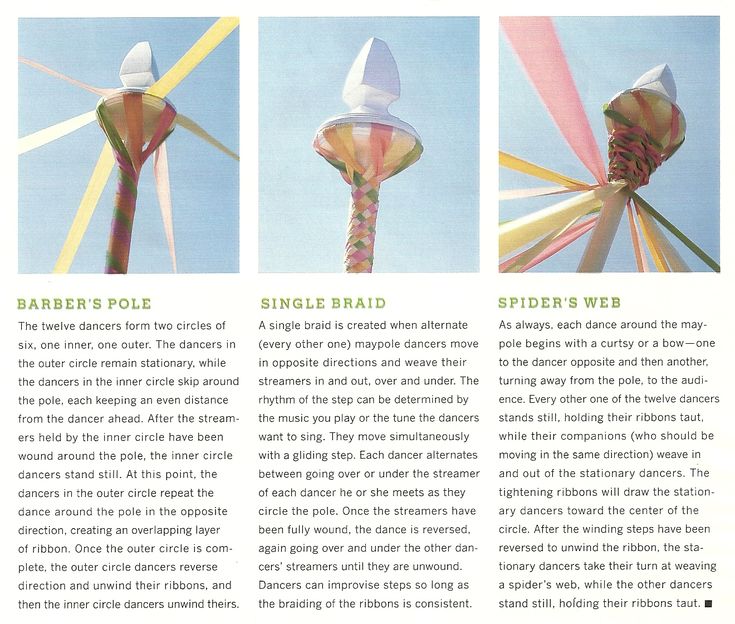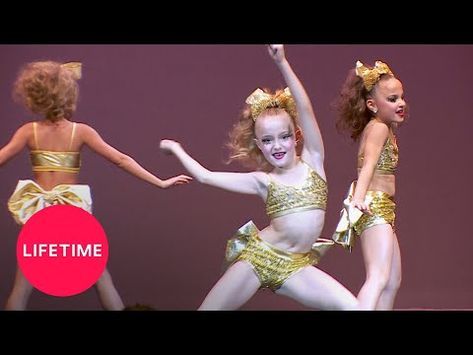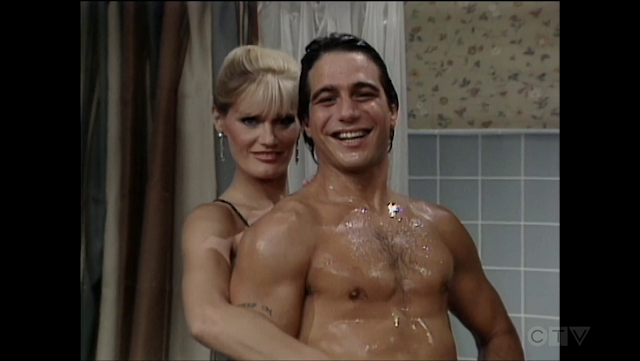How to do the maypole dance
Maypole Dance Steps
You've got your Maypole and now you need some music and some ideas about the dance.
The Maypole Dance
Download this page as a .pdf document (you will be asked for your email address).
Hide
We respect your privacy . More › ›
The Performance
The Maypole Dance is often done as part of a performance so an element of display might be appropriate. For example, the dancers might form into a circle around the maypole and then, when the music starts, move forwards to collect their ribbon. The step to use for music based on jigs or reels is a lilting walk or skip. For hornpipe rhythms use a step-hop-step-hop alternating from one foot to the other. For waltz-time music, take 3 even paces for each waltz bar of music.
The Introductory Dance
In its most simple form, the dancers simply stand in a circle around the maypole and, in time with the music, take 4 steps towards the maypole, 4 steps back and the circle for a count of 8. As they approach the maypole they can raise their arms, and then lower them as they back away.
The First Plaiting Dance
The next level of complexity is for the dancers to attach ribbons to the top of the maypole. Most maypoles have a static (non-rotating) crown so the ribbons plait onto the maypole as the dancers circle around. This is called a closed plait. Dances where the ribbons plait away from the maypole, such as The Gypsies' Tent, are called open plaits.
To get used to using the ribbons, make sure that all the dancers are facing in the same direction and holding their ribbon in their right hands. The left hand simply gathers up the excess ribbon. Now start the music and all dance around the maypole in the same direction without overtaking. Eventually there is no length of ribbon left as it has become wrapped around the maypole, at which time the order is given to reverse your steps and unwind the maypole. If you unwind without any knots you have successfully completed your first plaiting dance.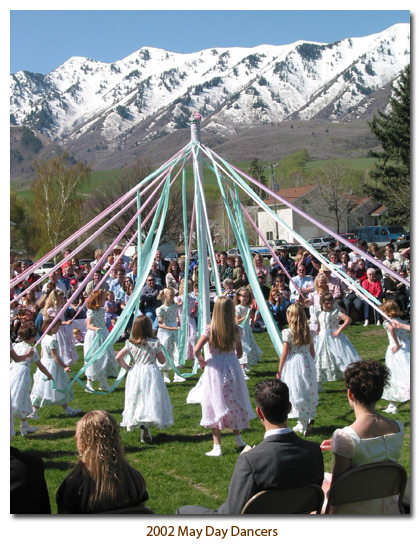
The Grand Chain
The next dance requires you to divide into 2 groups of equal numbers. Members of Team A should partner Members of Team B. Make sure that As and Bs are spaced alternately around the maypole with each Team A dancer facing one from Team B and then start the music. Each of Team A should pass right shoulder with their first Team B dancer and then left with the next (do not turn back on yourself), carrying on alternately until the ribbons are again exhausted. As dancers pass each other, they should raise and lower their right arm rhythmically to guide the ribbon over the other dancer. To unwind, remember to retrace your steps accurately, passing your last dancer first and then alternate shoulders until the ribbons unwind. Make sure that everyone dances at a constant pace and that no one overtakes. You have now completed your second ribbon dance. You can vary the dance by having pairs (or more) of dancers, joined arm-in-arm, weave in each direction together.
In each case, look at the beautiful pattern that you have made on the maypole during the dance.
The Gypsies' Tent
In this dance you will make a web or tent that builds from the top of the maypole outwards away from the pole (an open plait). Each Team A dancer stands beside their Team B partner. When the music starts, Team B stands still and their Team A partner dances around them and then weaves to the right around the next Team B dancer, then back again round their own partner, then on to the Team B dancer to the left, and finally back to their own partner. To unwind, simply reverse the moves. See picture.
There are many variants of this dance, with each team taking a turn to move or with one team passing two of the other team before dancing around them. You can easily experiment but remember that the goal is to be able to unwind cleanly after you have used up all of the ribbons during the wind up.
English Folk Dance and Song Society
Maypoles are often considered to be quintessentially English, but maypoles actually exist in more than a dozen different countries around Europe, South and Central America. They go back hundreds of years although the earliest versions with ribbons didn’t appear until the late 18th century. So, whatever you do with a Maypole you are linking into a vibrant multi-cultural living tradition. Here are a few more reasons and a couple of dances to try.
They go back hundreds of years although the earliest versions with ribbons didn’t appear until the late 18th century. So, whatever you do with a Maypole you are linking into a vibrant multi-cultural living tradition. Here are a few more reasons and a couple of dances to try.
Enjoyment
The best reason we know for Maypole Dancing is that it is fun to do, great for all ages and abilities, and visually pleasing for those watching. People enjoy trying the dances and the teacher’s job becomes one of harnessing enthusiasm. Learning takes place automatically and teamwork becomes instinctive as the dancers realise that they have to work together to get results. While many people think Maypole is just for children, most adults love to have a go!
Three Dimensions
Because a Maypole is a three dimensional tool it takes learning into a different environment and children get a chance to think and learn away from the formal classroom environment. It is also one of the few forms of dance where the focus is not on the dancers but on the patterns and the ribbons and the dances can be adapted to suit the abilities and fitness of the group.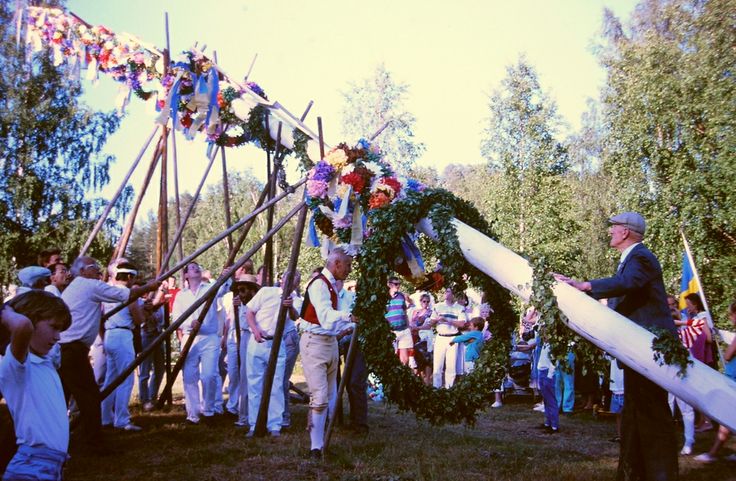
A Cross-Curricular Tool
There are various cross curricular links such as Science, Art & Design, Sport & PE and Music which can be explored alongside Maypole dancing. In many cases these will emerge naturally but more details can be found in The Maypole Manual.
Cultural Heritage
We start from the point of Maypoles being part of our cultural heritage but that this is shared. The Maypole is not unique to England and similar activities can be found around the globe. Even more common is the idea of seasonal celebrations so that once again the Maypole becomes the starting point rather than the end product.
A Visual Artform
Because the Maypole can be seen, it can easily become the focus of activities at summer fetes and the like, and including Maypole Dancing in these events then becomes a tradition. Better still, because it is so visible and relatively cheap compared to other pieces of equipment, raising funds for a new Maypole or to enhance the existing tradition becomes much easier for any school or group.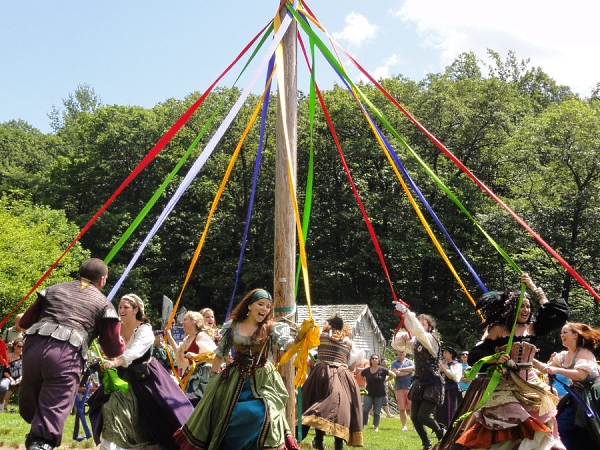
Sample Dance: The Chrysanthemum
A very simple dance with only one-quarter of the dancers moving at any one time. Works particularly well for a disparity of ages, uneven numbers, and differently abled dancers.
PDF instructions
Suitable audio: West Country Polkas (8 x 32 bar Polkas)
Sample Dance: Twister
Dancers in turn change places with the dancer opposite them on the other side of the pole, creating two spiral plaits. Fun to dance and visually stunning.
PDF instructions
Suitable audio: Jigs with a Twist (9 x 32 bar Jigs)
This resource (PDF, audio and website content) can be used and shared free of charge for non-commercial educational use only. Permission must be sought from Mike Ruff and EFDSS for any other use of this material.
The sample dances given here are taken from The Maypole Manual, by kind permission of the authors Mike Ruff and Jenny Read.
Sample audio tracks are taken from the accompanying CD, by kind permission of the band Quicksilver (Chris Haigh, fiddle / Mike Ruff, accordion and recorders / Bernard O’Neill, electric and acoustic bass / Graeme Taylor, guitar / Andy Dewar, drums).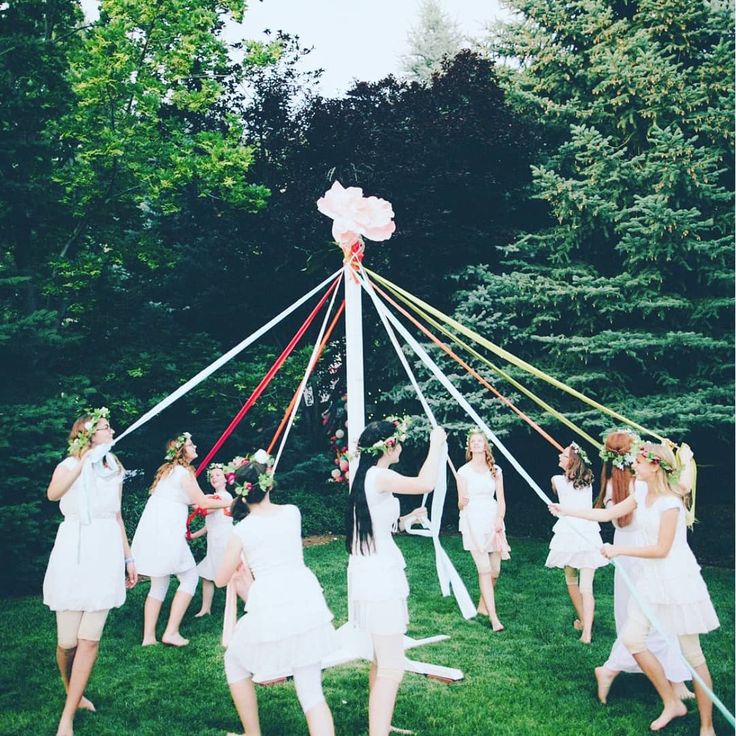
More information and copies of this and other publications are available at mikeruffmusic.co.uk
Buy the Manual and CD from our Folk Shop
How to Do a Maypole Dance
The Maypole is one of the traditional symbols of Beltane, and let's not be fooled by its purpose: it's a giant phallus. Because the Beltane celebration usually began the night before with a large bonfire, the Maypole festival usually took place shortly after sunrise the following morning. It was when couples (and probably a few surprised triads) staggered out of the fields, dressed in disorder and with straw in their hair, after a night full of them. bonfire-inspired lust.
Did you know?
- If you plan ahead, you can have a fun and exciting Maypole dance by digging a hole ahead of time and inserting a 15 to 20 foot wooden pole.
- Invite each participant to bring their ribbons and attach them to the top of the pole.
- By the time the dance is over, the pole will be sheathed with ribbons, and your guests will have a great time!
The pole was set up in the countryside, or in an ordinary, or even in a convenient field - stuck into the ground permanently or on a temporary basis - and bright ribbons were attached to it.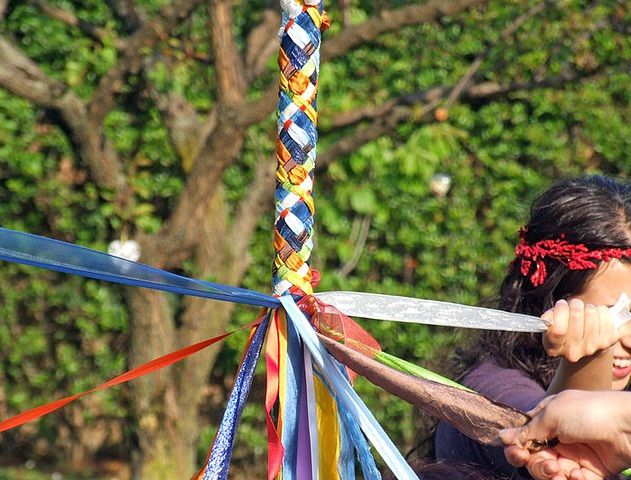 Young people came and danced around the pole, each holding the end of a ribbon. As they weaved in and out, the men went one way and the women the other, creating a kind of sleeve - enveloping the belly of the earth - around the pole. By the time they were finished, the Maypole was almost invisible under the sheath of tapes.
Young people came and danced around the pole, each holding the end of a ribbon. As they weaved in and out, the men went one way and the women the other, creating a kind of sleeve - enveloping the belly of the earth - around the pole. By the time they were finished, the Maypole was almost invisible under the sheath of tapes.
Set up a Maypole
cbarnesphotography / Getty Images
To create your own Maypole dance, you will need the following:
- Dig a hole a few feet deep in advance. You don't want your friends to wait while you hunt for a shovel. The hole must be at least three feet deep so that the pole does not tip over during the ceremony.
- Pole 15 to 20 feet long, preferably wood.
- Guests who like to have fun
Ask each participant to bring their own ribbon; it should be about 20 feet long and two to three inches wide. Once everyone is assembled, attach the ribbons to one end of the pole (if you put a metal eye screw into the post beforehand, this will make things much easier because you can simply tie each ribbon to the eyelet).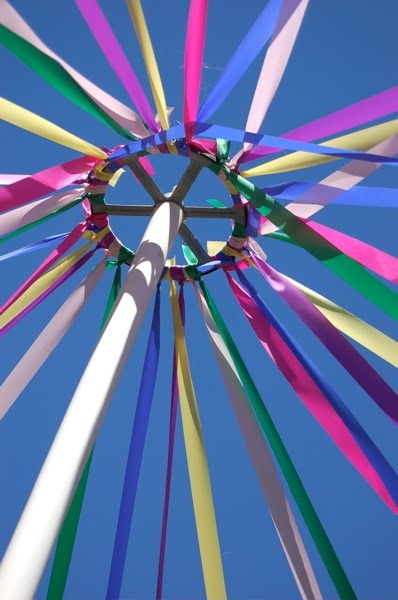 Have spare tapes on hand, because someone will probably forget them.
Have spare tapes on hand, because someone will probably forget them.
After the straps are attached, raise the bar to a vertical position and insert it into the hole. Be sure to joke here more obscene jokes. Lay dirt around the base of the pole to keep it from moving or falling off during the dance.
Have your own dance
Andrew Lockey / Getty Images
If you don't have an equal number of male and female guests, don't worry. Just let everyone count by two. People with the number "1" will go clockwise, people with the number "2" will go counterclockwise. Hold the ribbons in the hand closest to the pole, in your inner hand. Moving in a circle, pass people first to the left, then to the right, then to the left again.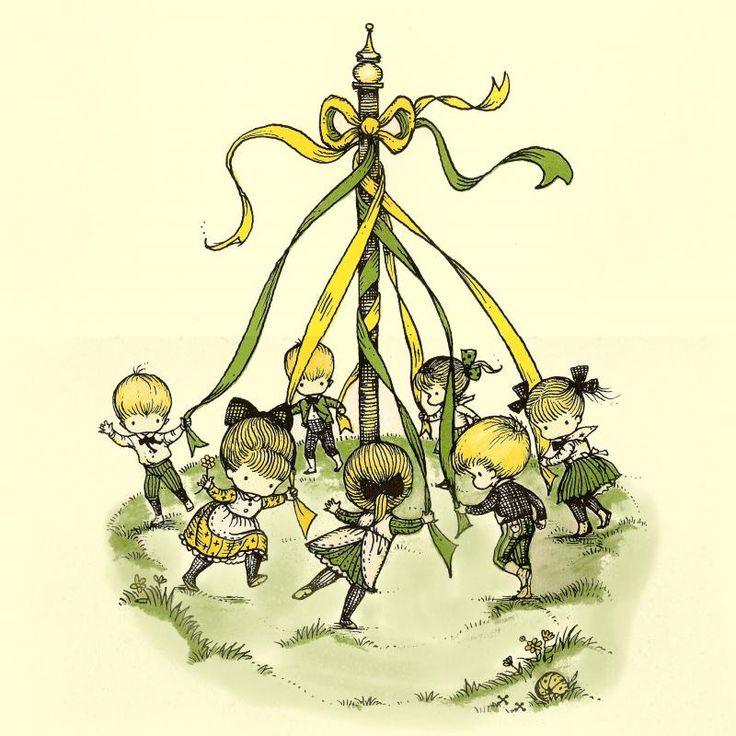 If you pass them on the outside, hold the tape up so that they pass under it. You can practice ahead of time. Continue until everyone runs out of ribbon, then tie all the ribbons at the bottom in a knot.
If you pass them on the outside, hold the tape up so that they pass under it. You can practice ahead of time. Continue until everyone runs out of ribbon, then tie all the ribbons at the bottom in a knot.
If all this doesn't make sense to you, don't worry! The guys at MaypoleDance.com have some great tips available, including instructions for the introductory dance steps and the first round of braiding. They point out,
“There are many variations of this dance: each team takes turns moving, or one team walks around the other two before dancing around them. You can experiment easily, but remember that the goal is to be able to cleanly relax after you've used up all the tapes while winding."
One thing that is always welcome at Maypole Dance is the music. Several CDs are available, but there are bands that have the May theme in their music. Look for the phrase "Morris music" or traditional flute and drum tunes. Of course, it's best to have live music, so if you have friends who are willing to share their skills and sit down to the dance, ask them to arrange some musical entertainment for you.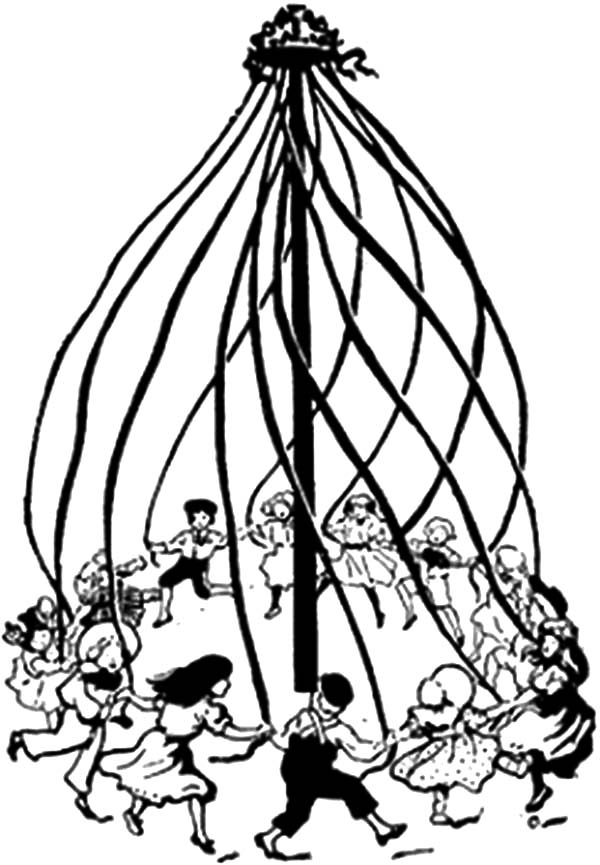
Additional signs Maypole
sarradet / Getty Images
- If you are making a children's Maypole, it will probably be easier to get them all going in the same direction with their bands. When it's done, it doesn't look as pretty, but it's still pretty.
- You may want the flower crown attached as well - place it on top when all the ribbons are in place but before you raise the pole.
coven of witches and love birches – DW – 30.04.2019
Photo: picture-alliance/Helga Lade/B. Siering
TourismGermany
Maxim Nelyubin
Parties called "Dance in May" are just one way to celebrate May Day in Germany. The roots of the holiday referred to here go back to pagan times.
https://p.dw.com/p/AHIN
Advertisement
If in Germany in the morning you were surprised to find a felled birch tree with multi-colored ribbons in front of the house, then there may be two reasons.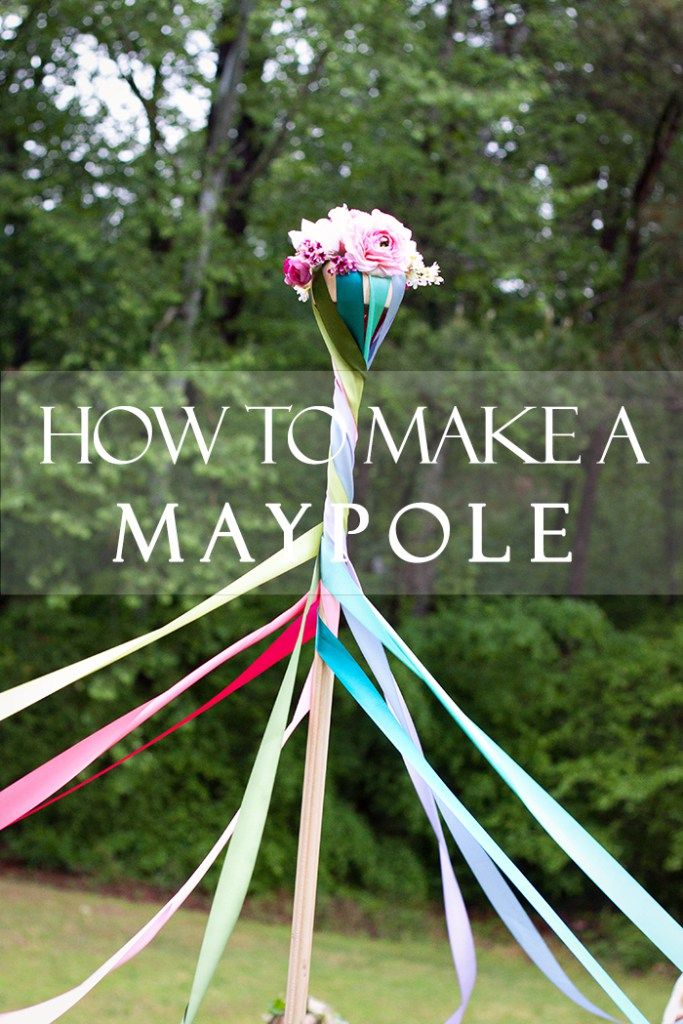 Option one. Out of ignorance, you simply overslept Walpurgis Night, missed the opportunity to join the national holiday. From a tourist point of view - an unforgivable oversight. The second option concerns only the local population. Most likely, it was in this way that an unknown admirer announced his tender feelings to his beloved girl, and in leap years, on the contrary, young ladies in love put May trees for their chosen gentlemen.
Option one. Out of ignorance, you simply overslept Walpurgis Night, missed the opportunity to join the national holiday. From a tourist point of view - an unforgivable oversight. The second option concerns only the local population. Most likely, it was in this way that an unknown admirer announced his tender feelings to his beloved girl, and in leap years, on the contrary, young ladies in love put May trees for their chosen gentlemen.
Felled birches also appear near pubs and restaurants, whose guests celebrated the night from April 30 to May 1. Such parties are called "Tanz in den Mai" ("Dance in May"). And this is just one of the many ways to celebrate the holiday of the beginning of summer, whose roots go back to distant pagan times. Since then, it has repeatedly changed under the influence of cultural and, primarily, religious factors.
Tree of discord
In the south of Germany, not birches, but pines or spruces are used as may trees.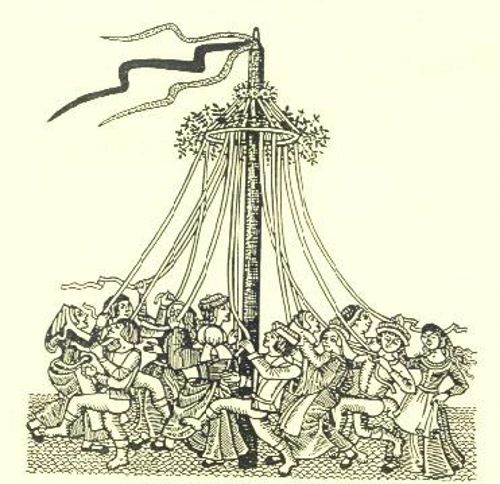 They are installed in the central squares, and they have nothing to do with declarations of love, but are a symbol of fertility. According to one version, in ancient times they served as a staircase to heaven for shamans.
They are installed in the central squares, and they have nothing to do with declarations of love, but are a symbol of fertility. According to one version, in ancient times they served as a staircase to heaven for shamans.
Now almost every town or village has its own special traditions associated with the maypole. In Bavaria, there is a kind of folk sport - stealing may trees from neighboring communities. They are made by young people. The ritual is strictly regulated, there is a kind of code of honor. The police turn a blind eye to these "crimes".
Maypole installation in Bavaria Photo: picture-alliance/dpa/M. HiekelWitches' Sabbath
According to an ancient German belief, Walpurgis Night is the main festival of witches. On this night, they gather around their master, Satan. Everything happens in the Harz on the high mountain Brocken (Brocken) or, as it is also called, Blocksberg (Blocksberg). True, there are alternative "airfields" for holding Sabbaths, the main requirement is the inaccessibility of the peaks for mere mortals.
In the Middle Ages, there was a belief that on Walpurgis Night, witches mounted brooms and flew to the mountain peaks, where they spent time in wild feasts, dancing and copulating with demons and the devil. Johann Wolfgang Goethe tells in detail about Walpurgis Night in "Faust" (quote translated by Boris Pasternak):
Witches are pulled in a row to the Brocken.
Oats sprouted, barley not compressed.
There Urian, the prince of obscurantism,
Shows off in the skies.
Squad flies through the air,
Goats and riders stink...
As for the name, the night of the main sabbath bears the name of the Catholic nun Saint Walpurgis, who died in Germany in 777. In the list of saints of the Roman Catholic Church, her day is May 1. The name of the holiday has nothing to do with witches.
It was originally celebrated on the first night of the full moon in the period between the day of the vernal equinox and the summer solstice, but has long since "anchored" in the annual folk calendar.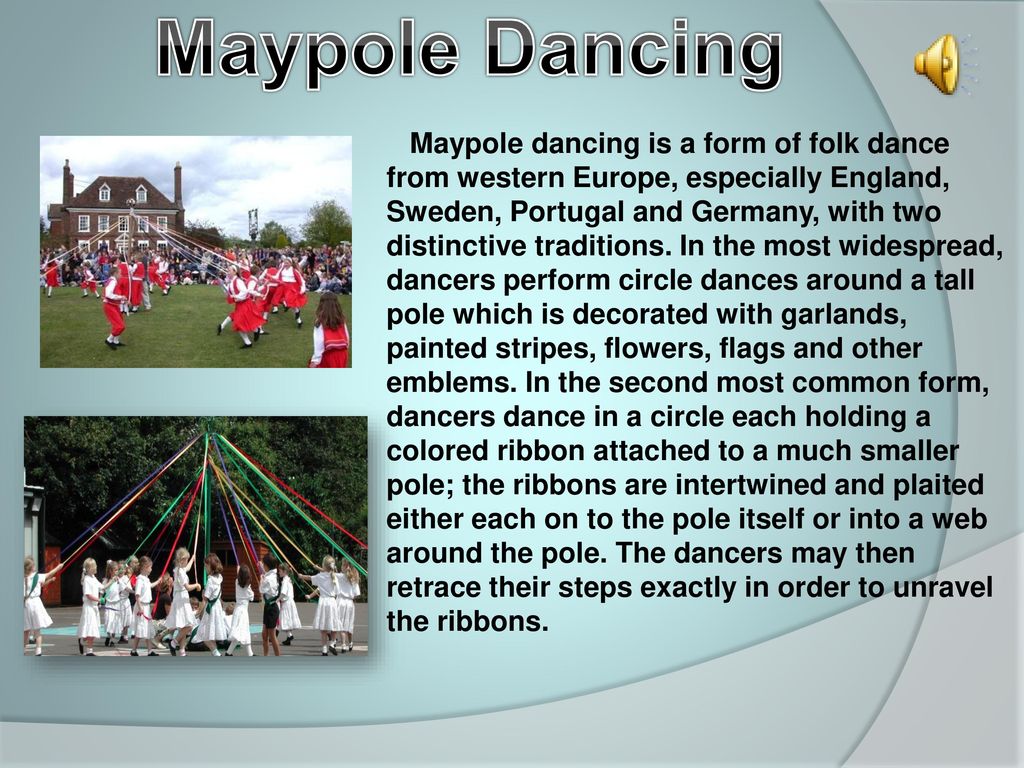 Today, the fact that May 1 is a holiday in Germany, as in many other countries, only contributes to the further popularization of this holiday with all the ensuing commercial consequences.
Today, the fact that May 1 is a holiday in Germany, as in many other countries, only contributes to the further popularization of this holiday with all the ensuing commercial consequences.
Anti-holiday?
For most modern Germans, it has no magical or witchcraft connotation, although they participate in ancient rituals with pleasure. On the night of May 1, for example, it is customary to burn bonfires. Passing between two of them, you are cleansed of evil spirits. What the hell, you ask? A holiday, like, for witches - why be cleansed of evil spirits?
In the Christian era, it gradually, not without the active intervention of the Inquisition, turned into a day of struggle against all kinds of evil spirits. Of course, not everyone followed the example of the church, so the traditions are mixed up and there is no unambiguous teaching on how to celebrate Walpurgis Night.
Perhaps the most interesting way the holiday is celebrated in the "homeland", in the Harz, in the villages near the Brocken mountain.